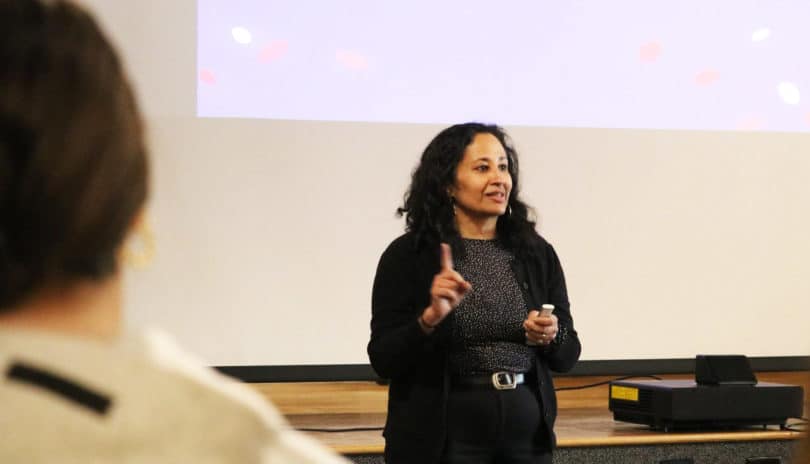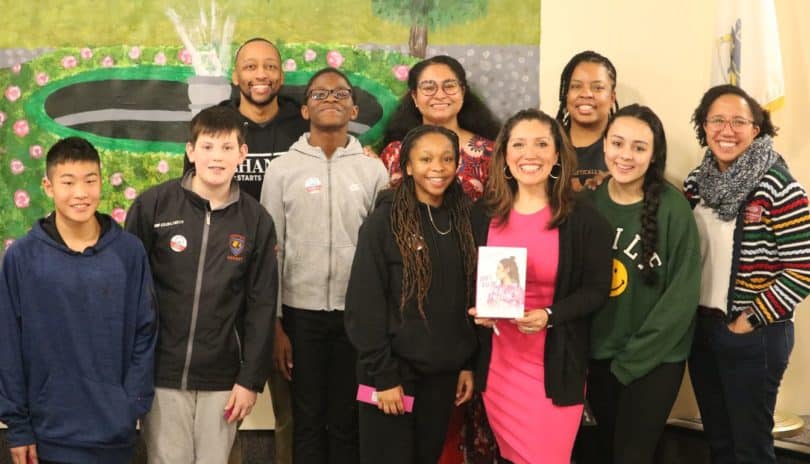By Ivy Alphonse-Crean, Director of Diversity, Equity, and Inclusion

This past summer, many of the faculty here at DCD read a book called The Sum of Us, in which author Heather McGhee examines how and why people vote against their own self-interest, and the role racism plays in appealing to the sensibilities of particular voters. Conversations around race, in my opinion, often center around what racism has cost BIPOC/POC, but do not often reflect on what racism has cost all people. In particular, I found myself pulled to pages 178-184, during which McGhee unpacks the landmark Brown v. Board of Education decision.
Brown v. Board of Education (1954) has been touted as a crowning moment of the Civil Rights Movement and is hailed for overturning Plessy v. Ferguson (1896), which upheld the doctrine of ‘Separate-but-Equal.’ Plessy had legalized and legitimized the treatment of African Americans as second-class citizens within American society. Brown declared the Plessy decision unconstitutional and ended de jure segregation — segregation by law. After Brown, it looked as though African Americans would now have a meaningful opportunity to integrate. The doctrine which had kept America compartmentalized had been publicly and legally discredited.
Unfortunately, the dramatic changes the Brown ruling seemed to anticipate never actually materialized. In fact, although the Brown case marked an end to de jure segregation, it created an opening for an equally insidious and damaging de facto discrimination to take hold of American society. Post-Brown, the rhetoric, and practice of segregation have evolved, and as the link between property values and highly ranked schools shows, the socio-economic realities which created de jure segregation still operate today.
In light of books like The Sum of Us, I consider this idea of history. What is deemed worthy of making the timeline? What stories do we hear often, and which ones have yet to be told? Moreover, who tells the narrative in the first place?
Sometimes, I kick myself and think ‘why didn’t I learn this information earlier?’ While some topics and theoretical frameworks (phenomenology, the study of consciousness and experience, I’m looking at you) were better left to be explored during higher education after a solid foundation on basic theory had been established. In other cases, I can acknowledge that the danger of a single narrative is very real and that there were stories I simply did not learn during key developmentally-appropriate moments.
The revelation that something as widely taught as the Brown v. Board decision contained elements that were new to me, startled me and reminded me how valuable a space like DCD is. At DCD, we are blessed with the time and space to continually evaluate our curriculum to ensure that we aren’t referencing the same stories every time we learn about a particular topic. We are lucky that class discussions around human rights, or even videos of constitutional amendments, allow for multiple sides of a story to be told. Stories that may not have traditionally taken center stage are emerging as our curriculum evolves across all grade levels. We strive to create an environment where students, every day, experience all-important windows and mirrors that enable them to view many sides of the same text, event, or art piece. And, in hearing a multitude of narrative threads all describing the same thing, our students will be able to come to a better, whole-er, understanding, embodying the idea of learning as a way of life.






